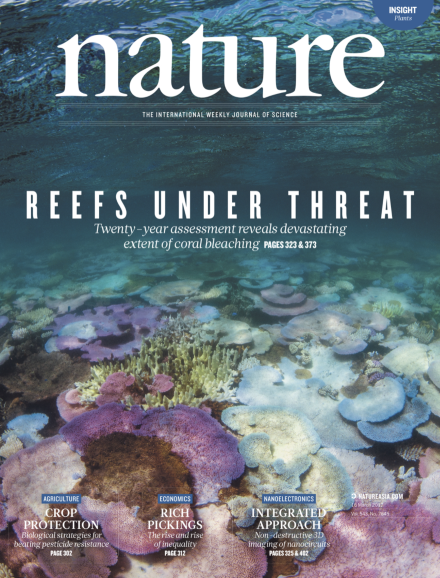Volume 543 Issue 7645, 16 March 2017
Editorial
World View
Research Highlights
Seven Days
News
Correction
News Feature
Comment
Books & Arts
Correspondence
Obituary
News & Views
Introduction
Review Article
Perspective
Article
Letter
Corrigendum
Feature
-
Outside the lab: Field your A Team
Career Guide:

